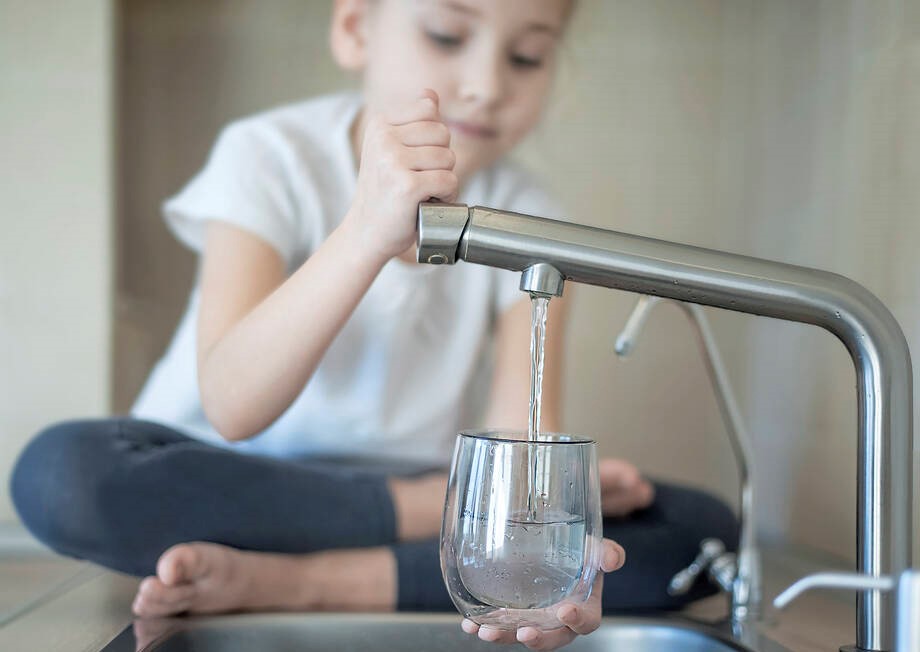Almost 100 per cent of Finnish drinking water meets the quality requirements

A recent report by the Finnish Institute for Health and Welfare (THL) reveals that Finnish drinking water is of a very good quality. Drinking water is water that is intended for household use, such as for drinking and cooking.
According to the report, the health-based requirements set for the quality of drinking water were met by 99.98 per cent of the samples in 2021. The quality requirements ensure that drinking water does not cause any health hazards to its users.
There were deviations in the health-based quality only in individual water supply areas and mainly in individual water samples. The quality of drinking water was improved to the level set in the requirements, for example, by discontinuing the use of a contaminated raw water well. Some of the quality deviations were caused by the water systems of the building.
“The quality of drinking water may change in the building’s water system, for example, if water is not used for a long time. It is then a good idea to let the water run for some time before using it again. This way, the drinking water that has not been moving in the building's pipes and inside the tap will be replaced by fresh water of a good quality,” says Outi Zacheus, Senior Planning Officer at THL.
The quality targets set for the usability of drinking water were also met well. These quality targets have not been set on health grounds, and deviations from them do not cause any health hazards to the user. The greatest number of deviations were caused by a high iron or manganese content, an abnormal number of microbes, or coliform bacteria.
The usability of drinking water was also improved in many different ways, such as by servicing and cleaning water tanks and flushing water supply networks. The impact of the measures taken to improve the quality of drinking water was monitored by taking additional samples and conducting additional tests.
The results of THL’s drinking water report are based on the regulatory supervision of drinking water by municipal health protection authorities in 2021. The quality of drinking water was examined in the 147 largest water supply areas with a total of approximately 114,000 examinations. There are more than 4.6 million water users in the water supply areas.
Regulatory supervision is based on risk assessment
Regulatory supervision of drinking water and the operational monitoring of water supply plants are based on a risk assessment. In 2021, a risk assessment conducted on the production chain of drinking water and approved by the municipal health protection authority had been carried out in 127 large water supply areas. This is approximately 86 per cent of all large water supply areas.
The risk assessment applies to the entire production chain of drinking water from the area where the raw water is formed to water purification and the water supply network and finally to a building and the user's tap. The purpose of the assessment is to identify factors threatening the quality of drinking water and to eliminate or minimise the risks arising from them.
Further information
Appendices to the summary (PDF, in Finnish)
Outi Zacheus
Senior Planning Officer
THL
tel. +358 29 524 6374
[email protected]



